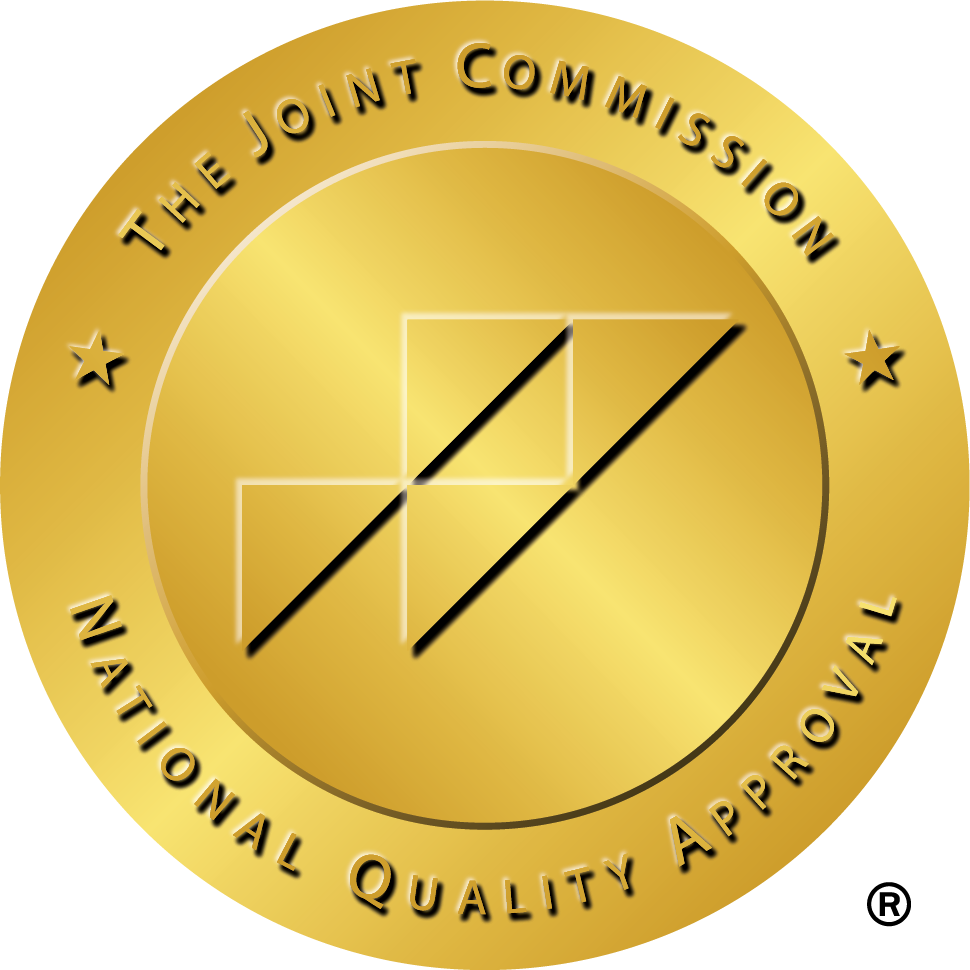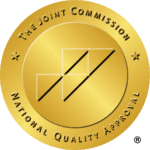
5 ways to minimize frustrations and increase your efficiency during your workday
Before Voice Recognition
Since its beginning in healthcare, the specialty of radiology has always embraced the use of technology to improve the level of care that can be offered in a 24/7 setting. For decades, physicians would pick up a headset or voice recorder and dictate their findings throughout the day. The reports would ultimately be typed into an information system by medical transcriptionists who understood medical terminology in addition to being accurate and fast typists. Foot pedals were used to playback or fast forward the reporting as necessary. Physicians would log in to the RIS throughout the day and sign off on the transcription reports. Depending on the physician’s schedule, it would not be uncommon to see a multi-day gap between the dictation and release of the final report.
Dragon Professional Technological Advancements
It was not until the late 90s (1998/99 to be exact), that there were off-the-shelf solutions for speech-to-text software. One of the more successful speech recognition software solutions has been Nuance Dragon©. It was immediately embraced by forward-looking radiologists as a way to create a report and minimize the delays inherent with the legacy workflow noted above.
In 1999, Version4 was released to support Medical and Legal Lexicons (1). It would be an understatement to say the voice recognition software has come a long way since this “train dragon” previous version. Dragon users today enjoy nearly 99% recognition rates, growing lexicons, available voice commands, and the ability to transcribe the wide range of accents and dialects in the medical field, showing just how robust the speech-to-text solution is.
It is safe to say that anyone who used the earlier version of Dragon© in the early 2000s would say that today’s version has exceeded well beyond what was thought to be possible, considering the challenges that came with the earlier versions of the operating system.
It is important to note that Nuance stopped supporting Apple products in 2018. So for radiologists who prefer to dictate on an iPhone, iPad, or other miscellaneous Mac products — remember that the Dragon software requires a Windows product. Additionally, third-party keyboards like Swype for Android and iOS have also been discontinued.
For best results, download the Dragon NaturallySpeaking extension for Chrome, Internet Explorer, or Firefox and double-click it to open a dialog box and begin the installation. Dragon also works with Microsoft Outlook software, including Microsoft Word. If unsure, the good news is that the Dictation Box opens automatically if Dragon notices that you are trying to dictate in an unsupported application.
After installation, the NaturallySpeaking DragonBar can be found at the top of the screen. To dictate, click this button(or hit the + on your keyboard) so the microphone icon is green and standing up, not red and lying down.
Maintaining Your Dragon for a 20% Productivity Boost
Just like any sophisticated technology, it requires ongoing maintenance after activation. In the case of Dragon©, this includes running its maintenance routines on a regular basis to make sure radiologists can stay hands-free and focused on the patient on their screen. Outside of the scope of this blog, Dragon uses regular reboots and regular workstation maintenance to avoid a negative impact which equates to a 20% decrease in productivity per hour of a reading radiologist. The lost productivity can become distracting and frustrating, drawing one’s focus away from the patient on the screen.
Best Practices
Below are 5 areas to consider to improve your day-to-day experience and efficiency with Dragon NaturallySpeaking, or your voice recognition software of choice.
-
Use Normal/Macros/Quick Texts/Auto-Text Features
By using this feature, with a simple phrase such as a ‘quick normal chest x-ray for positive tb’, your entire report is populated. Acronyms can also be used. From there one can add the incidental findings. Using this feature will improve report quality, provide consistency, and increase provider satisfaction. Those who already use Dragon© know that you do not already have a standard set of templates, it is as easy as copying and pasting your common reports and entering a simple phrase.
Send us an email for a Dragon auto-text starter set for XRays
-
Quality of Microphone Matters
There are common vendor offerings such as Nuance PowerMic©* and Philips SpeechMic©. However, there are also readily available, professional-quality microphones used by gamers, bloggers, and the music industry that are worth looking into to complement your speech recognition software.
Compatibility is important. The key is to find a microphone that works for your own environmental factors such as workspace ergonomics, length of your shift, dictation style, sound card, etc.
While Bluetooth is supported, we would recommend one that is plugged into your workstation to limit operating system interruptions. If you go the wireless route, battery life also has to be considered as a factor. When listening to music, battery life can last for 12 hours, but using the microphone greatly increases the battery consumption.
If you want to test your mic, simply click the Dragon menu icon in the tools menu and select “Turn Microphone On.” Then, click the microphone icon in the Status Window.
-
Talk Naturally (Not like a Robot)
This one sounds simple but has one of the biggest impacts, especially if you’re a new user. Speak clearly, at your normal pace just as if you were talking to a colleague, and use natural language and complete sentences. VR Apps are only going to transcribe what is spoken. Additionally, dictate custom commands, punctuation, and capitalization of specific words. For example, say ‘comma’ and ‘period’.
-
Backup your Profile
Plan for the worst and hope for the best. Due to factors outside of anyone’s control, such as a power failure or surge, your voice user profile and user files will become corrupted at some point or the machine you are working on will not power on. If you are not completing a regular backup, years of effort building your normal/macros/auto-text will be at risk for no reason.
At least once a month, you should follow the steps to run a profile backup and save it to a thumb drive or, even better, save it to your online storage platforms such as OneDrive© or Google© Drive.
-
Use the Learn Feature
First-time Dragon users take note. While published accuracy rates are upwards of 99%, there can still be a commonly used phrase or voice command that is regularly incorrect. Take the extra minute or two to use the ‘Improve accuracy of word or phrase’ or ‘Add word or phrase’ under the Vocabulary Center. By correcting these common accuracy issues, you will save yourself from having to correct them in the future. Taking one minute now will literally save you hours in the future. This can be done via verbal voice commands as well so consult your help guide or tutorial. (2)
Exit the Program and Log off
We will throw one more in for good measure. It sounds simple, but it can have a major impact on your daily transcription efficiency. At the end of your shift, exit the program. By doing this, you are closing your voice user profile thus limiting the impact of corruption due to a workstation issue that can be caused by power surges or outages.
Key Terms
Auto-Text / Normals
Report templates are created including the standard findings with variations of less/greater/etc. in many cases. This provides a framework for a radiologist to follow when reviewing a case and also assures that all areas of concern are covered without having to dictate each and every sentence in a ‘standard report’. It is not technically structured reporting but is a major step in that direction with the available voice recognition software technology when you consider previous versions. If you would like to request a set of XR-based auto-text, please send us an email.
Lexicon
A lexicon is defined as the specific words, or common terms, that are used in a profession or specialty area. From the outside, it likely sounds like its own language, but if one is in a specific industry, they need to understand to be successful. One example is Legal dictation which uses a different set of phrases and verbiage compared to medical or technology. So those words, while part of the collective English vocabulary, are likely not commonly used.
Medical Transcriptionists
Medical transcriptionists type dictated recordings from doctors and other medical professionals into written reports, correspondence, and documents. Those who work in doctors’ offices might also have additional clerical duties other than to transcribe. An alternate job title for this occupation is healthcare documentation specialist, editor, or scribe.
Commands for working with text in Dragon
- New line/new paragraph
- Delete that/Scratch that (deletes the last dictated word(s))
- Delete
- Cap
- All caps
- Insert [before/after]
- Select
- Select through
- Select that (selects last utterance)
- Select [this/next/previous/first/last] [word/ paragraph/sentence] (“this” is determined by cursor location)
- Select all
- Unselect that
- Go to the [start/end] of [word/line/ sentence/paragraph]
- Go back (returns the cursor to the previous location after using a command)
- Go to [top/bottom/end]
- Resume with (deletes all text between and the current cursor position)
Want to learn more?
*This blog is not intended to be an endorsement of Nuance solution over any other VR Product. The same goes for any other products noted above. They are being offered as a point of conversation and they are commonly used across the industry.
- https://www.voicerecognition.com.au/blogs/news/a-short-history-of-naturally-speaking-software#:~:text=The%20history%20of%20Dragon%20Naturally,Systems%2C%20a%20Voice%20Recognition%20System.
- https://www.nuance.com/content/dam/nuance/en_us/collateral/healthcare/misc/misc-dragon-medical-one-for-government-fast-tips-en-us.pdf

